The Physical Archive

Last Thursday, Ben and I took a field trip to check out Rhizome's physical archive. Tara Hart, the New Museum's Digital Archivist, showed us where the Rhizome files are stored in the museum's archive located next door at 231. We had about an hour before we needed to get back to work, so we took couple of boxes and dug right in. This was fun departure from the usual day to day activities around the office. Here are some gems we found from our trip:
In a binder labeled "Rhizome Ads", a record of advertisements from various art and technology publications.
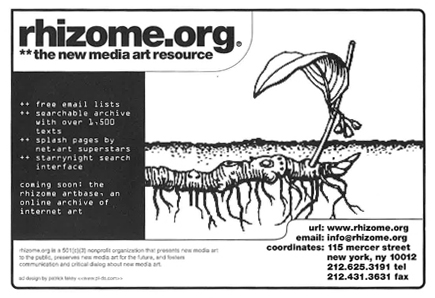
I love the selling points here. Starrynight search interface -- Amazing!
We also found a bunch of folders labeled by month and year which held articles about various artists involved with Rhizome, new media art calls, opening invitations and other ephemera. Flipping through, I came across this great hand written postcard from Mouchette.

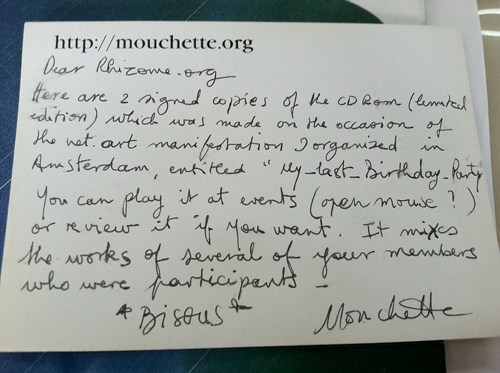
In another folder, I found this Xeroxed announcement for Cory Arcangel's Whitney Artport commission.

There are over twenty-something boxes to go through, who knows what we'll find next. I promise to keep you updated!
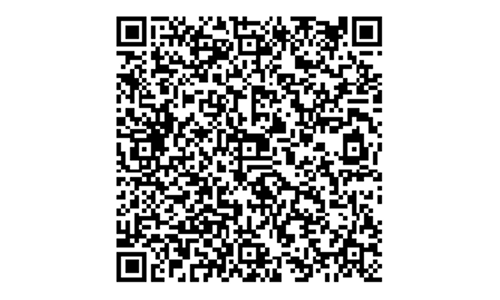
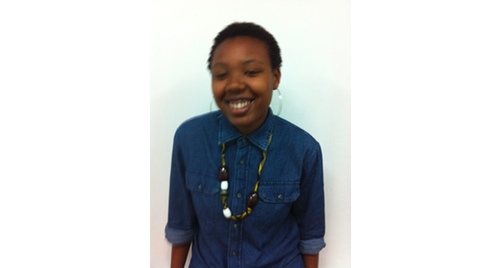
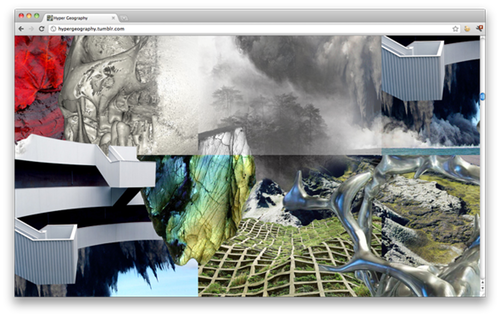
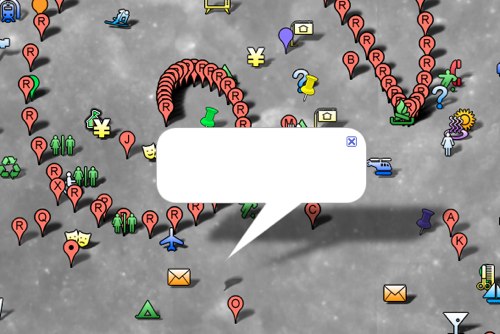


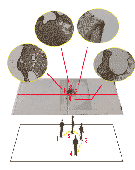

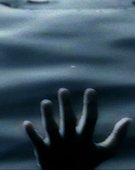
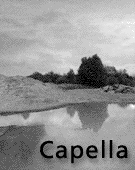
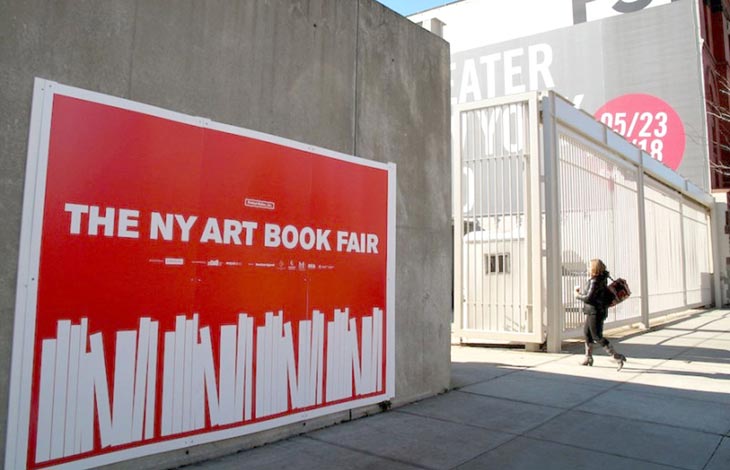
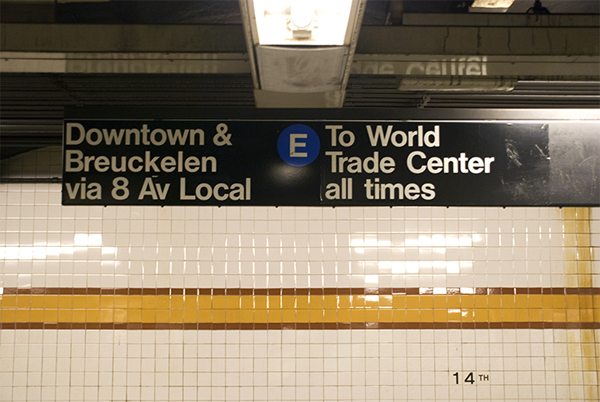
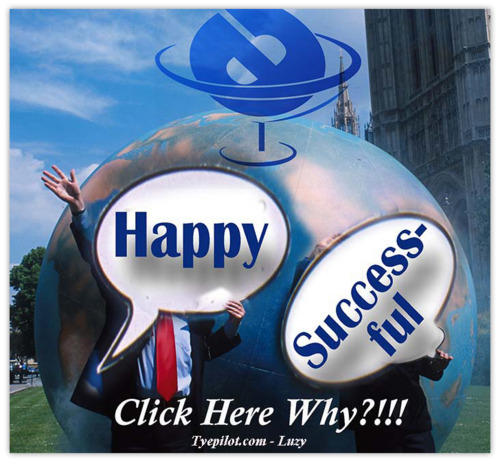



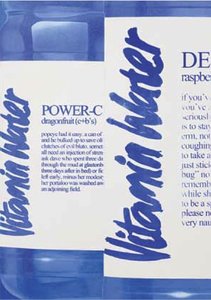
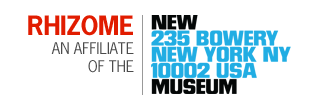























patrick lichty